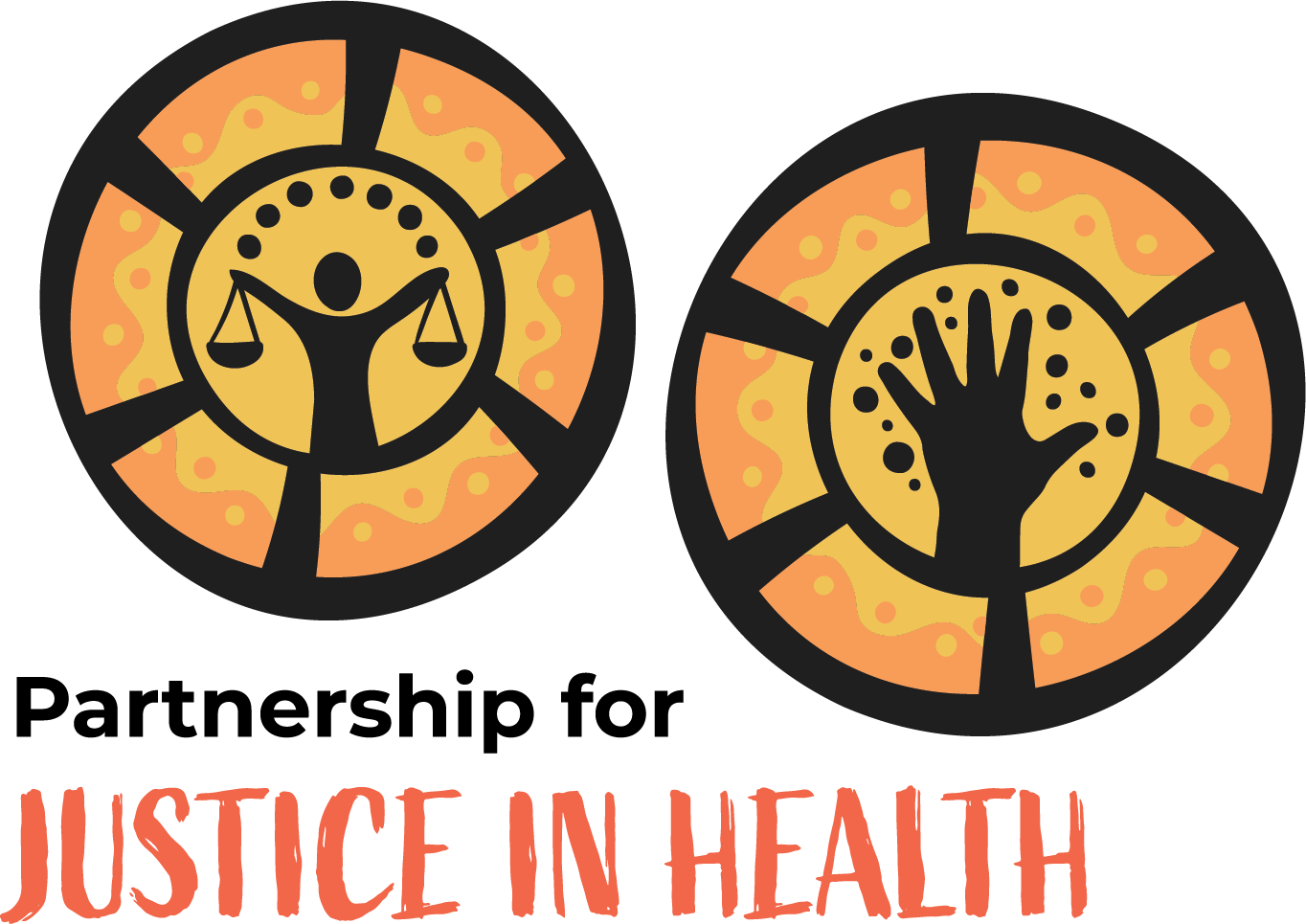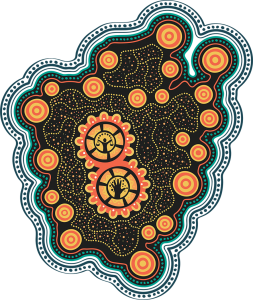**This article contains the name of a Yorta Yorta woman who has died.
Today, many across the nation are celebrating Harmony Day. However, here at the P4JH, we choose to acknowledge a different day entirely – the International Day for the Elimination of Racial Discrimination.
Harmony Day is an Australian concept, and it was born in 1999 from the Federal Government’s refusal to acknowledge the existence of racism in this country.
In response to a Labor government push to pass laws banning hate speech, the Howard government commissioned a study into anti-racism in 1998 which showed evidence of severe and systemic racism within all elements of Australian society. The report also suggested that the Federal Government focus on developing a culture of ‘harmony’ between Australian people. The Howard Government chose to ignore the majority of the report, reject the findings of severe racism in Australian society, and focused on the implementation of ‘Harmony Day’ as the solution. Indeed, the results of the study were so antithetical to the notion of ‘harmony’ that they were suppressed for thirteen years.
What’s more, the Federal Government made the strategic decision to celebrate Harmony Day on 21 March each year, which just happened to be the United Nations International Day for the Elimination of Racial Discrimination.
The International Day for the Elimination of Racial Discrimination is observed each year on the day in 1960 police fired upon and killed 69 people participating in a peaceful demonstration against apartheid laws in Sharpeville, South Africa. It was founded on the fundamental understanding that racism exists, causes immense harm, and that combatting it requires active anti-racism. It is an international day that has been celebrated since 1979, launched by the United Nations as part of a suite of programmes designed to combat racial discrimination.
While celebration of culture and diversity is crucially important, replacing the International Day for the Elimination of Racial Discrimination with Harmony Day silences important discussions about race and racism which must be had in Australia; discussions which are are particularly critical given the Federal Government has suspended the Racial Discrimination Act on several occasions, and only ever in relation to Aboriginal and Torres Strait Islander people.
Harmony Day does not rock the boat. It does not create change. It does not encourage governments or Australians to reflect on the colonial history of the country, the ongoing racism that is perpetrated against Aboriginal and Torres Strait Islander people and other People of Colour, or the way our systems perpetuate it. Instead, it heightens the public perception of Australia as a peaceful, inclusive, conflict-free country. We know this is simply not the case.
By dismissing the significance of the International Day for the Elimination of Racial Discrimination, we lose the opportunity to mourn for those who have died and continue to die as a result of racism. Rather than being ignorant, we must reflect on the racism that is prevalent in our structures and communities today, and come together to find a solution. Racism in all of its forms must be named and discussed if it is to be overcome. When governments speak about racism, they acknowledge that there is a problem and there becomes an impetus to work with communities to create change.
At the P4JH, we choose to acknowledge the International Day for the Elimination of Racial Discrimination as a day of solidarity with those struggling against racism and racial discrimination across the globe. We see Aboriginal and Torres Strait Islander people suffering and dying as a result of individual, institutional and systemic racism, and we see the work that Aboriginal and Torres Strait Islander communities have carried out since colonisation to overcome this.
Change is on the horizon. By amplifying and building on the strong work of our communities, we see that racism is slowly becoming a topic of national conversation. The 2020 inquest into the death in custody of Tanya Day considered whether systemic racism contributed to her passing. At the P4JH, we are working to improve community understandings about their health rights, and shift health and justice perspectives to recognise the role of racism in the unequal treatment of Aboriginal and Torres Strait Islander people.
However, for as long as governments continue to replace the International Day for the Elimination of Racial Discrimination with Harmony Day, they deny Australian people the opportunity to have meaningful discussions about racism on the national stage.
Members of the P4JH recognise the significance of Harmony Day as a celebration of cultural diversity. However, it cannot replace a day designed to recognise racism and its impacts globally. We insist that the nation commits to truth telling by observing the International Day for the Elimination of Racial Discrimination on 21 March each year.
To learn more about race, racism and the Australian health system click here. To report racism, visit Call It Out, a First Nations Racism Register.
For media or membership enquiries please contact the P4JH at secretariat@p4jh.org.au or 02 6221 9229.

